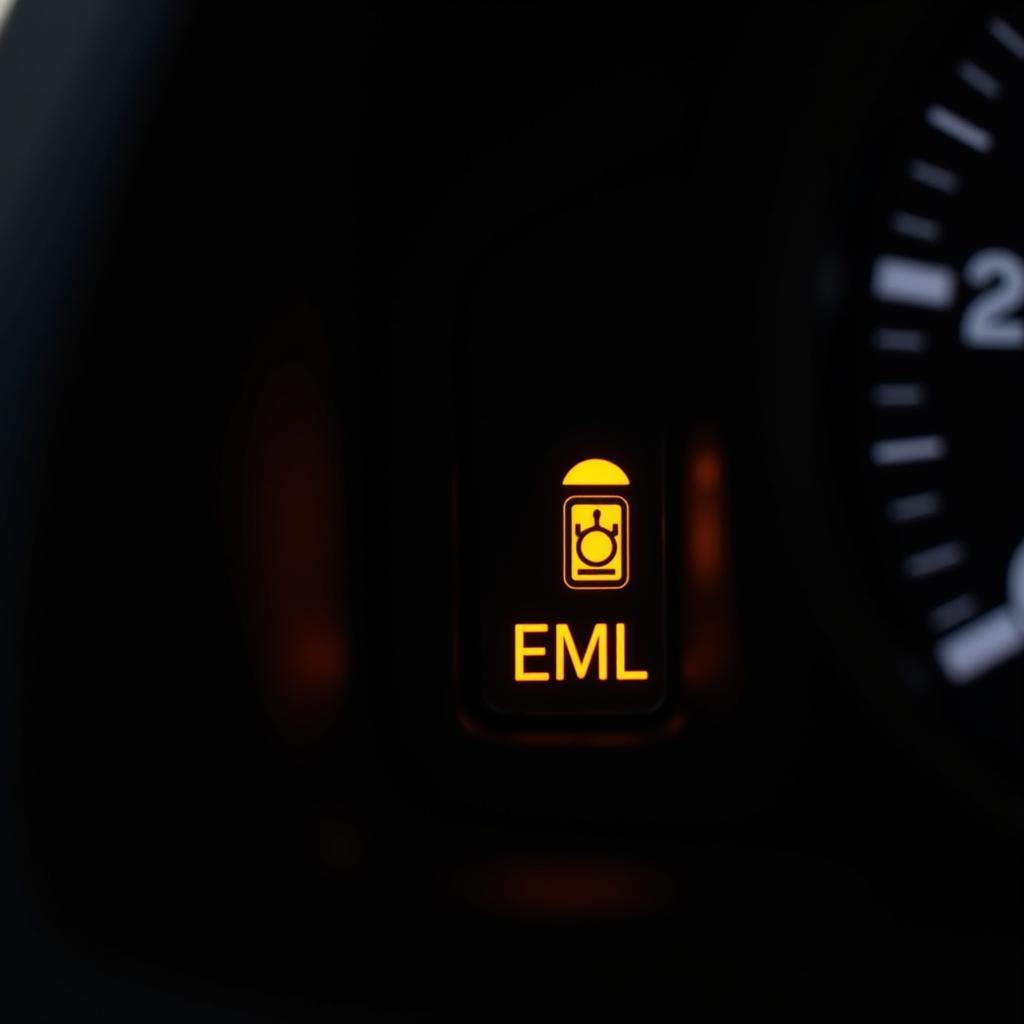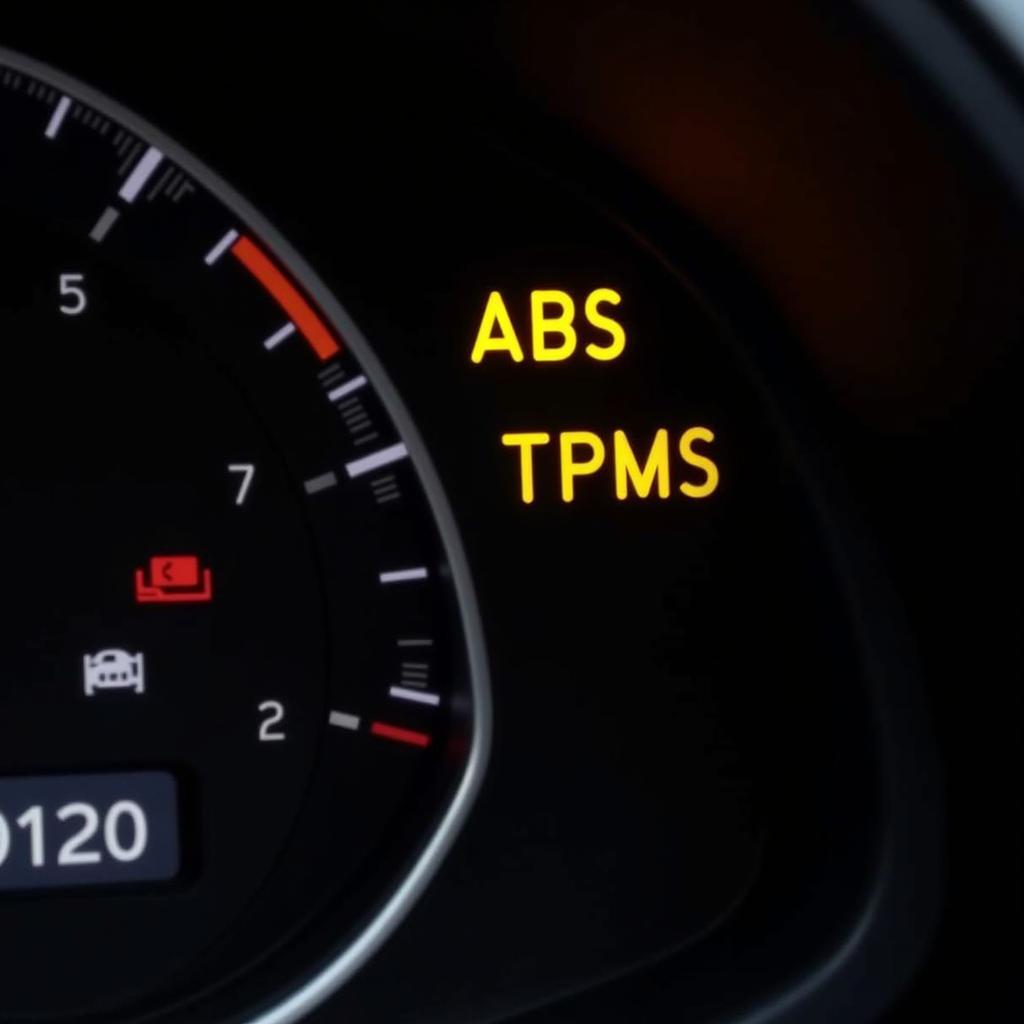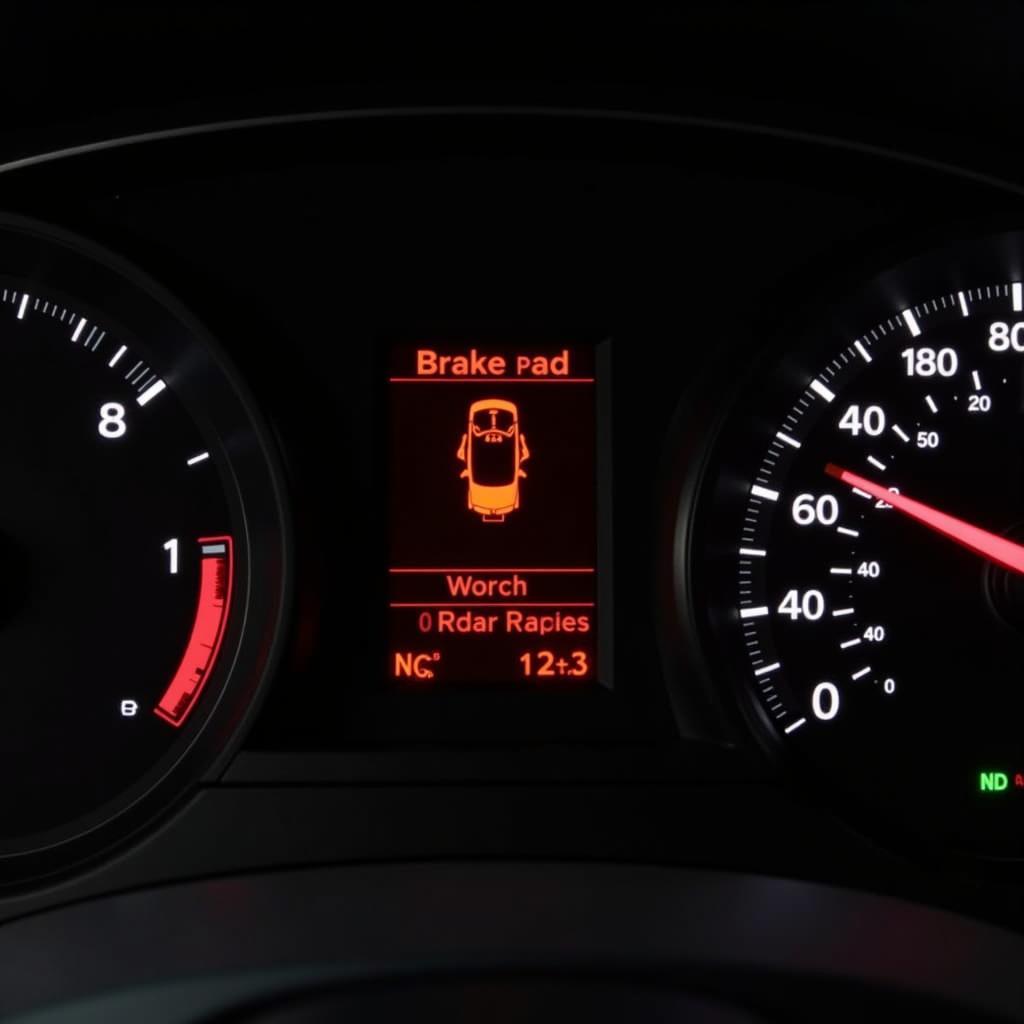A seat yellow warning light illuminating your dashboard can be a source of anxiety. Understanding these warning lights is crucial for maintaining your Seat’s performance and ensuring your safety. This guide offers a detailed explanation of various seat yellow warning lights, their potential causes, and practical solutions.
Are you seeing a yellow warning light on your Seat’s dashboard? Don’t panic! This often indicates a minor issue or a system requiring attention, unlike red warning lights that signal critical problems. Understanding these warnings can save you time, money, and potential headaches down the road. For a general overview of Seat warning lights, check out this helpful resource: seat warning light symbols.
Common Seat Yellow Warning Lights and Their Meanings
Seat vehicles, like many others, utilize a standardized system of warning lights. Yellow lights generally indicate caution or a system malfunction that doesn’t require immediate action but should be addressed soon.
Engine Management Light (EML)
The EML, often represented as an engine outline, is a frequent culprit. It can illuminate for various reasons, from a loose gas cap to more serious issues like sensor malfunctions or emissions problems. This light could indicate the need for engine diagnostics. For more specific information on Seat Ibiza, see engine diagnostics warning light seat ibiza.
 Seat EML Illuminated on Dashboard
Seat EML Illuminated on Dashboard
Tire Pressure Monitoring System (TPMS)
A yellow light resembling a tire with an exclamation mark signifies low tire pressure. This can affect fuel efficiency, handling, and tire lifespan. It’s crucial to check your tire pressures and inflate them to the recommended levels. Ignoring this warning can lead to premature tire wear or even a blowout.
Anti-lock Braking System (ABS)
An ABS warning light, often represented as the letters “ABS” enclosed in a circle, indicates a potential issue with your anti-lock braking system. While your regular brakes will still function, the ABS might not engage during emergency braking situations.
 Seat ABS and TPMS Warning Lights
Seat ABS and TPMS Warning Lights
Other Yellow Warning Lights
Numerous other yellow warning lights can appear, such as the glow plug light (diesel engines), the coolant level warning, the traction control light, and the power steering warning light. Each light represents a specific system that needs attention. For more information regarding Seat Ibiza yellow warning lights, please visit seat ibiza yellow warning light.
What to Do When a Seat Yellow Warning Light Appears
- Consult your owner’s manual: It contains a comprehensive list of warning lights and their meanings specific to your Seat model. You can also find information on Seat Ibiza dashboard warnings at seat ibiza dashboard warnings.
- Check for obvious issues: For instance, if the TPMS light is on, check your tire pressures.
- Avoid aggressive driving: If a critical system like ABS or power steering is affected, drive cautiously and avoid sudden maneuvers.
- Schedule a diagnostic check: If the light persists or you’re unsure of its meaning, a professional diagnosis is recommended. Modern vehicles rely heavily on complex electronic systems, and a diagnostic scan can pinpoint the exact problem.
Remote Diagnostics and Software Solutions
Modern technology allows for remote diagnostics and software updates, offering a convenient and efficient way to address certain warning lights. We can remotely diagnose the issue and, in some cases, even implement software fixes without a physical visit to a workshop. This saves you valuable time and can often resolve the problem quicker than traditional methods. This service offers efficiency and convenience for addressing some issues related to yellow warning lights. More information on specific Seat Leon dashboard warning lights can be found at seat leon dashboard warning light symbols.
Conclusion
Seat yellow warning lights serve as important indicators of potential issues within your vehicle. Understanding these lights and taking appropriate action is crucial for ensuring your safety and maintaining your Seat’s optimal performance. While some issues can be simple fixes, others require professional attention. Don’t ignore these warnings; addressing them promptly can prevent more serious problems down the road.
FAQ
- Can I continue driving with a yellow warning light on? While you can often continue driving, it’s best to consult your owner’s manual and seek professional advice if unsure.
- What is the difference between yellow and red warning lights? Yellow indicates caution and requires attention soon, while red signals a critical issue requiring immediate action.
- How often should I check my tire pressure? At least once a month and before long journeys.
- Can a loose gas cap trigger the EML? Yes, it can. Ensure your gas cap is securely tightened.
- Can remote diagnostics fix all warning light issues? Not all issues, but many software-related problems can be resolved remotely.
- Why is my ABS light on? Several reasons, including a faulty wheel speed sensor or low brake fluid.
- What should I do if my power steering warning light illuminates? Drive cautiously and have your power steering system checked immediately.

